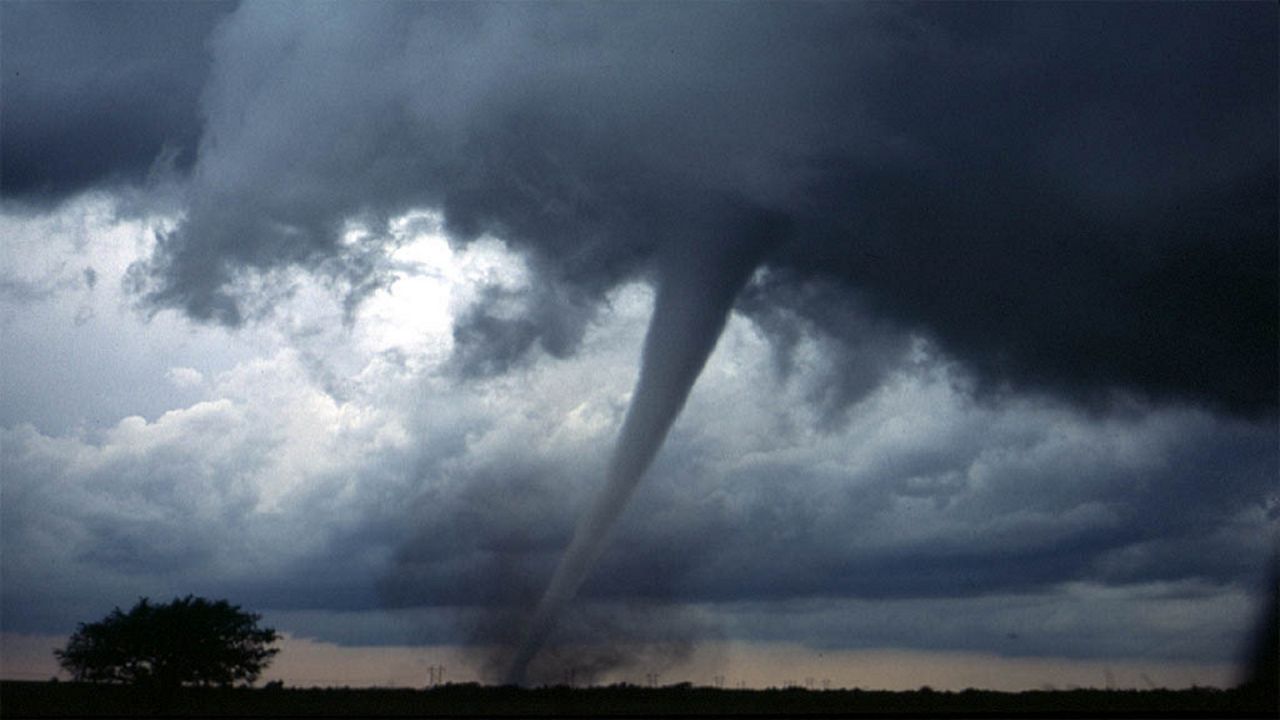What states come to mind when you hear "Tornado Alley?" For many, it's places like Kansas, Oklahoma and Texas.
But, some are now saying there is a new Tornado Alley. It includes Mississippi, Alabama and Arkansas.
According to the National Oceanic and Atmospheric Administration (NOAA), Tornado Alley has no specific boundaries. However, we commonly use the term to describe a large stretch of the Central Plains where a high frequency of tornadoes occurs each year.
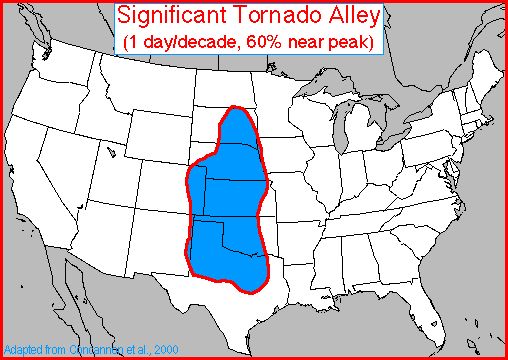
Over the last few years, researchers have seen a change in where tornadoes have developed and produced damage.
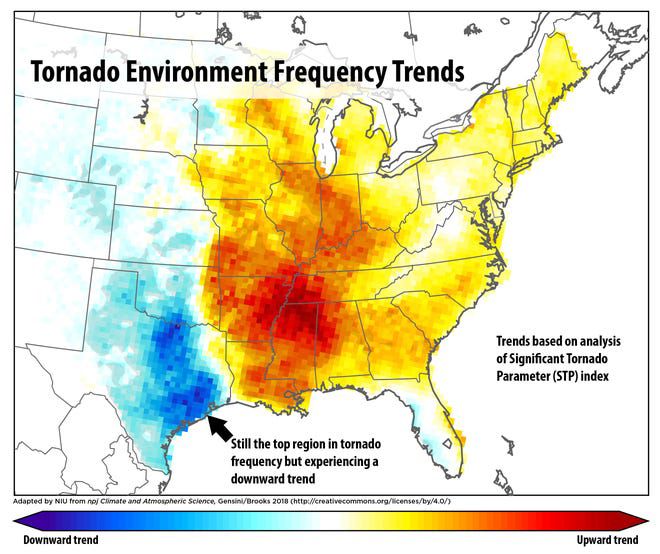
This has caused some to proclaim that Tornado Alley is no longer the Central Plains area but now more the Deep South.
There are several flaws in this thinking.
The first thing to consider is that the atmosphere always behaves in a pattern. In general, it warms up in the summer, gets cooler in the fall and then gets cold in the winter. Yet, you can still have cool days in the summer and warm days in the winter.
If it gets cool for a couple of days in the summer, would we say that the seasons have shifted? No.
While tornadoes as of late may be forming and doing more damage in Mississippi and Alabama, this may be a short-term change in the pattern; a small break in the norm. As we go into the next few years, tornado frequency may very well shift back over the Central Plains.
Another factor to consider is the population density in 2021. Check out the most recent population map (via the U.S. Census) of Mississippi. Darker shades of orange indicate where more people live.
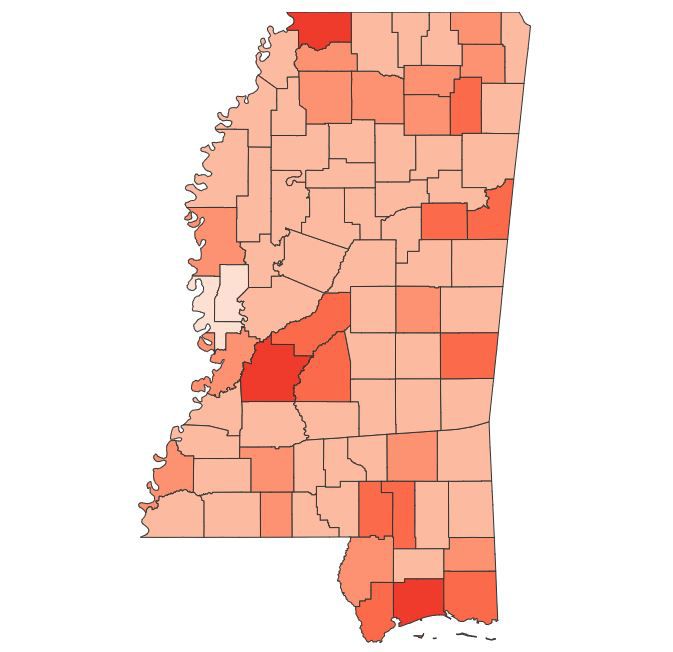
Now compare that to a state like Kansas:

It's easy to see that states like Kansas have fewer people (fewer deeper shades of orange), which means less of a chance to spot/report a tornado. Think of all the flat, open land across a state like Kansas. If a tornado makes a brief touchdown in the middle of a field, who's going to report it? The cows?
Moreover, states in the South with higher populations tend to have more structures that tornadoes can damage.
This leads to another significant issue with tornadoes: for a tornado to be counted and rated, it must damage something. The entire EF (Enhanced Fujita) scale is based on wind damage done by a tornado.
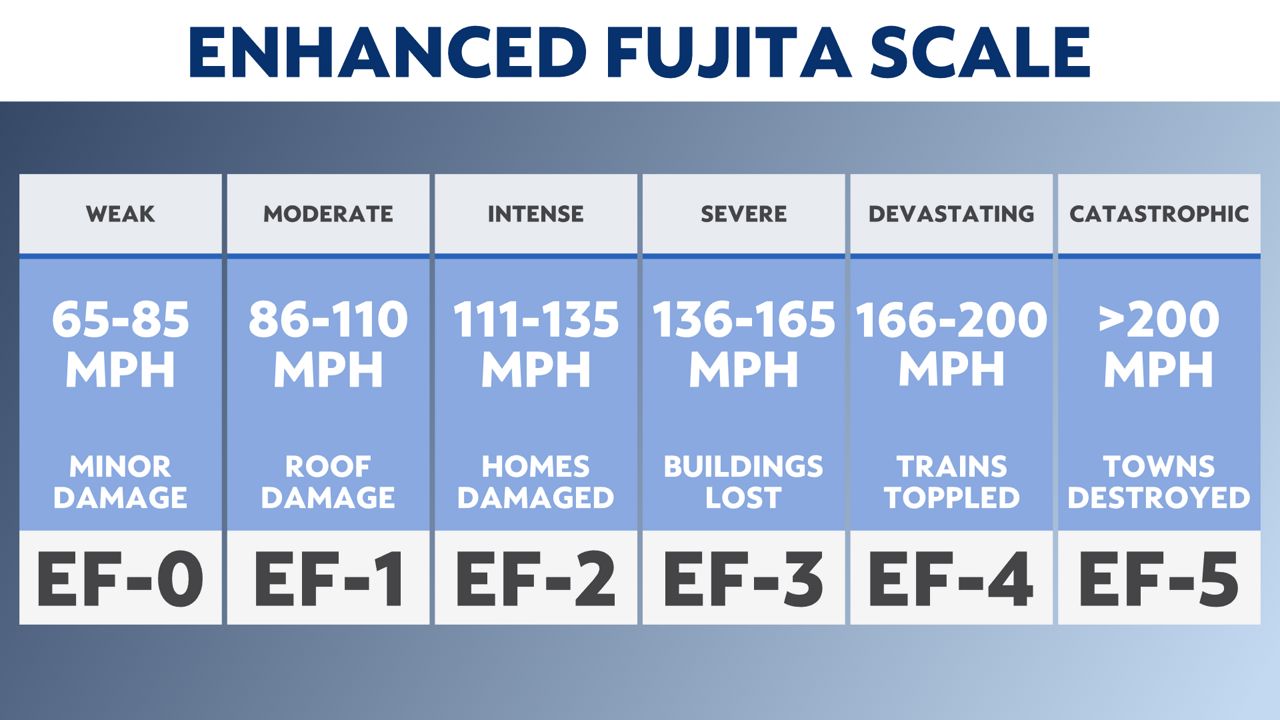
So, if a tornado forms, drops into a field in the middle of nowhere and doesn't cause damage, it doesn't get counted as a tornado, which would lead one to question. How many quick, weak tornadoes have dropped in the Central Plains lately but were never actually counted?
Finally, the ultimate reason why Tornado Alley cannot shift is the whole idea is based on geography and topography.
One of the prime reasons the United States has more tornadoes than anywhere else in the world is due to the unique setup that only forms across the Central Plains.
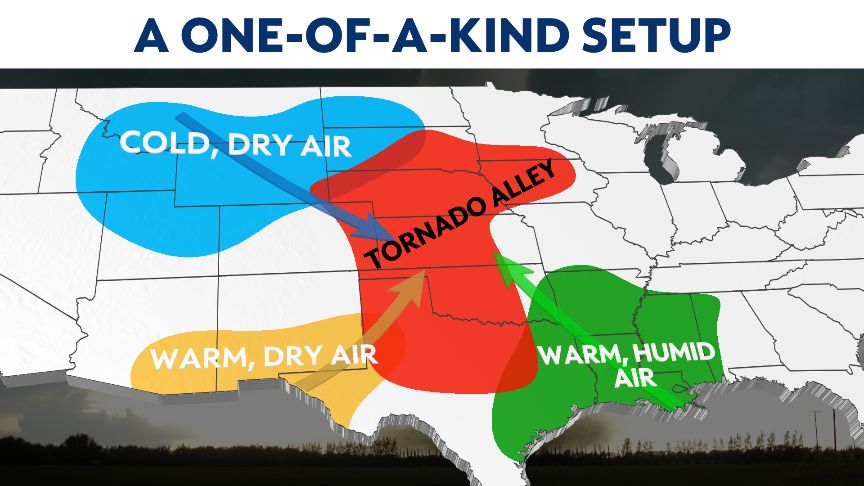
The meeting of warm/dry air, cold/dry air and warm/humid air is what leads to supercell storm formation. It's those supercells that tend to produce tornadoes.
The Rocky Mountains help dry out the air, while the Gulf pushes warm and humid air up against the eastern side of the mountain chain. Cool and dry air slipping in from the north mixes with the other air masses. When they all collide, you get the exact ingredients needed to form tornadoes.
So in short, while recent trends may suggest the location of Tornado Alley is shifting, we must remember that the amount of tornado data we have only goes back about 60 to 70 years. Moreover, some of that data is undoubtedly flawed. Even reports of tornadoes themselves have to be called into question.
To top it off, the geographic setup that fuels supercell thunderstorms isn't moving anywhere anytime soon. This is why Tornado Alley cannot--and will not--be moving.



